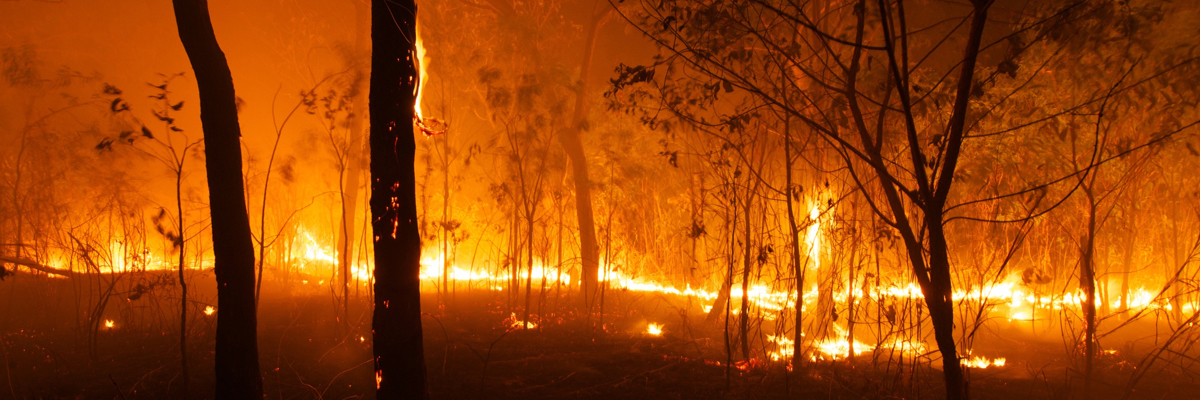Demystifying BAL Reports: An Overview to Recognizing Your Residential property's Bushfire Risk
Demystifying BAL Reports: An Overview to Recognizing Your Residential property's Bushfire Risk
Blog Article
Ensuring Bush Fire Protection Through Appropriate BAL Record Evaluation
In the world of bush fire protection, the careful evaluation of Bushfire Attack Level (BAL) reports stands as a keystone for securing residential or commercial properties against the terrible impact of wildfires. With ecological factors and residential or commercial property features playing substantial roles in figuring out the level of threat, a thorough understanding of BAL ratings becomes imperative. However, the actual significance lies not just in understanding these reports however in understanding them properly to develop tailored fire protection methods. By delving right into the relevance of BAL record evaluation, we uncover a world where informed decisions lead the course in the direction of reinforcing residential property safety and resilience in fire-prone regions.
Comprehending Bushfire Strike Degree (BAL)
In the world of bushfire defense, understanding the Bushfire Strike Degree (BAL) is critical for making certain reliable reduction approaches. Comprehending the BAL ranking of a residential property is vital for residential property building contractors, owners, and policymakers to execute ideal procedures to protect against bushfire threats.

Importance of BAL Record Evaluation
A vital facet in bushfire security planning entails the thorough analysis of BAL records to examine the potential risks and determine suitable mitigation strategies. BAL reports offer crucial info concerning the potential effect of bushfires on a home based upon various aspects such as greenery kind, range to potential fire risks, and incline of the land. Evaluating these records with accuracy is vital in establishing effective bushfire security steps customized to the details danger profile of a home.
Implementing Fire Protection Measures
Applying effective fire security actions is critical for securing buildings in bushfire-prone locations. This includes clearing up combustible plants, such as completely dry fallen leaves and branches, within a particular radius of the residential or commercial property.
In addition, having a properly maintained and adequate water supply, such as a tank or pool, can aid firefighters in their efforts to secure the residential property. BAL Report. On the whole, implementing a mix of these fire defense actions can substantially enhance the opportunities of guarding homes during bushfire occasions.
Mitigating Dangers in Fire-Prone Locations
To strengthen homes against bushfire hazards, a tactical focus on mitigating dangers in fire-prone locations is crucial. One critical aspect of risk reduction is keeping defensible area around residential properties by clearing flammable greenery, making certain adequate spacing in between trees and structures, and utilizing fireproof landscape design practices.
Additionally, building or retrofitting structures with fireproof materials and guaranteeing appropriate maintenance of roofing systems, rain gutters, and external cladding can significantly boost the home's resilience to bushfires. Practicing a bushfire and developing emergency situation strategy with all residents, including discharge treatments and interaction approaches, is also crucial in mitigating threats properly. By taking on a proactive technique to run the risk of reduction in fire-prone areas, residential or commercial property proprietors can better secure their assets and boost overall bushfire readiness.
Ensuring Residential Or Commercial Property Safety And Security and Strength
Making certain the safety and browse around these guys security and resilience of properties in fire-prone locations calls for a steadfast dedication to durable preventative measures and strategic planning. Residential or commercial property safety and security starts with applying reliable actions to minimize fire dangers.
Strength, on the various other hand, includes the capability of a building to recoup and hold up against from a bushfire. This can be boosted through the setup of ember guards on vents and home windows, making sure that access factors for Homepage cinders are minimized. In addition, having a well-balanced emptying plan and exercising it consistently can dramatically boost building resilience. Collaborating with neighbors and neighborhood fire authorities can likewise bolster the safety and security and durability of properties in fire-prone locations. By proactively dealing with these aspects, building owners can much better safeguard their properties and loved ones from the hazard of bushfires.
Verdict
To conclude, guaranteeing bushfire defense with appropriate BAL record analysis is crucial for recognizing the level of risk posed by bushfires and applying necessary fire protection measures. By alleviating dangers in fire-prone locations and guaranteeing building safety and security and durability, areas and individuals can much better get ready for and reply to bushfire events. It is necessary to prioritize fire security measures to shield lives and building in these risky atmospheres.
In the realm of bush fire protection, the precise analysis of Bushfire Attack Level (BAL) records stands as a cornerstone for securing properties against the damaging impact of wildfires (BAL Report). Comprehending the BAL score of a building is critical for residential or commercial property owners, policymakers, and builders to execute proper procedures to protect versus bushfire threats

BAL reports give important information concerning the prospective impact of bushfires on a home based on various aspects such as plants type, range to potential fire risks, and incline of the land (BAL next page Report). In general, implementing a combination of these fire defense procedures can significantly boost the chances of protecting homes throughout bushfire events
Report this page